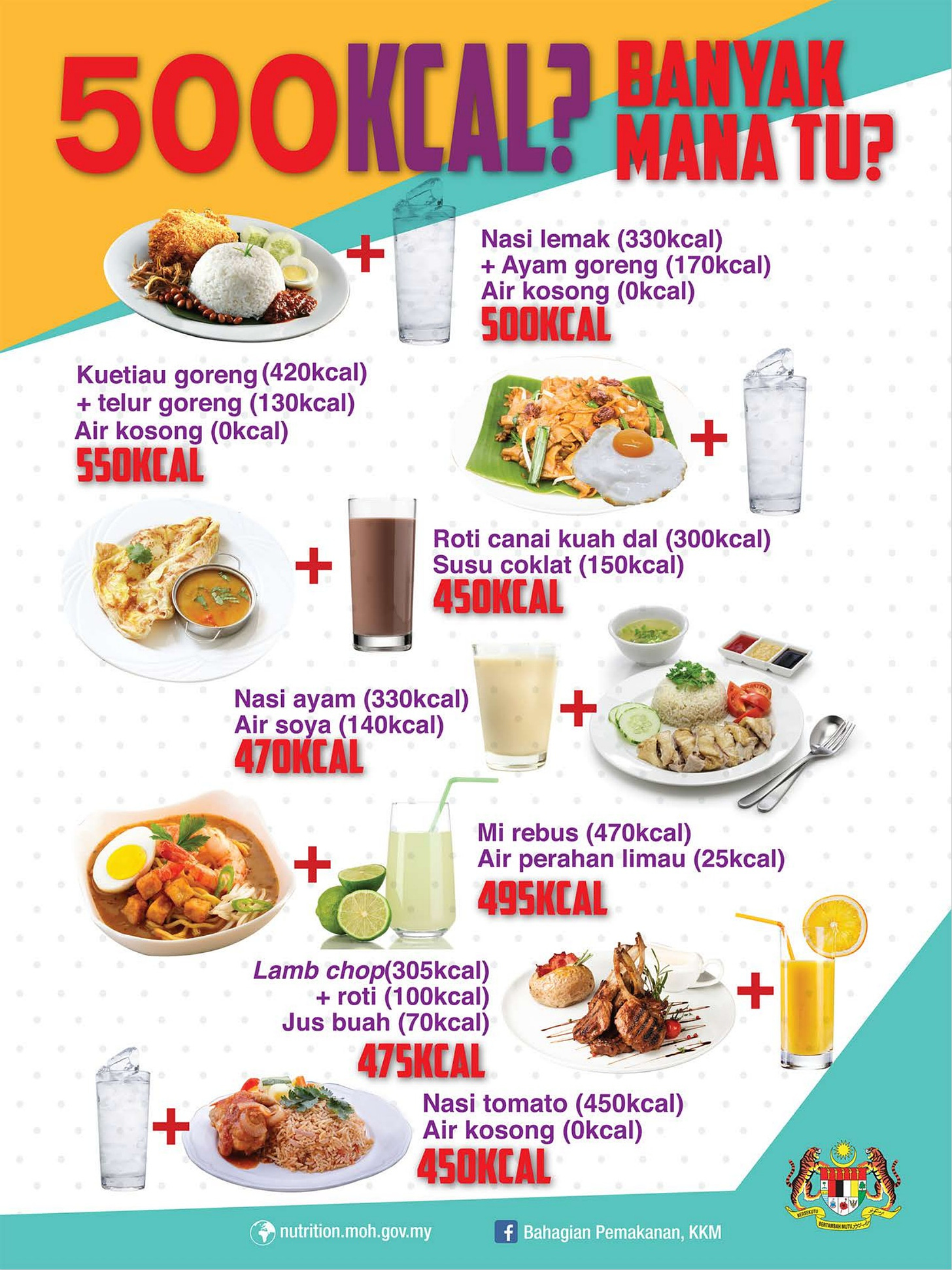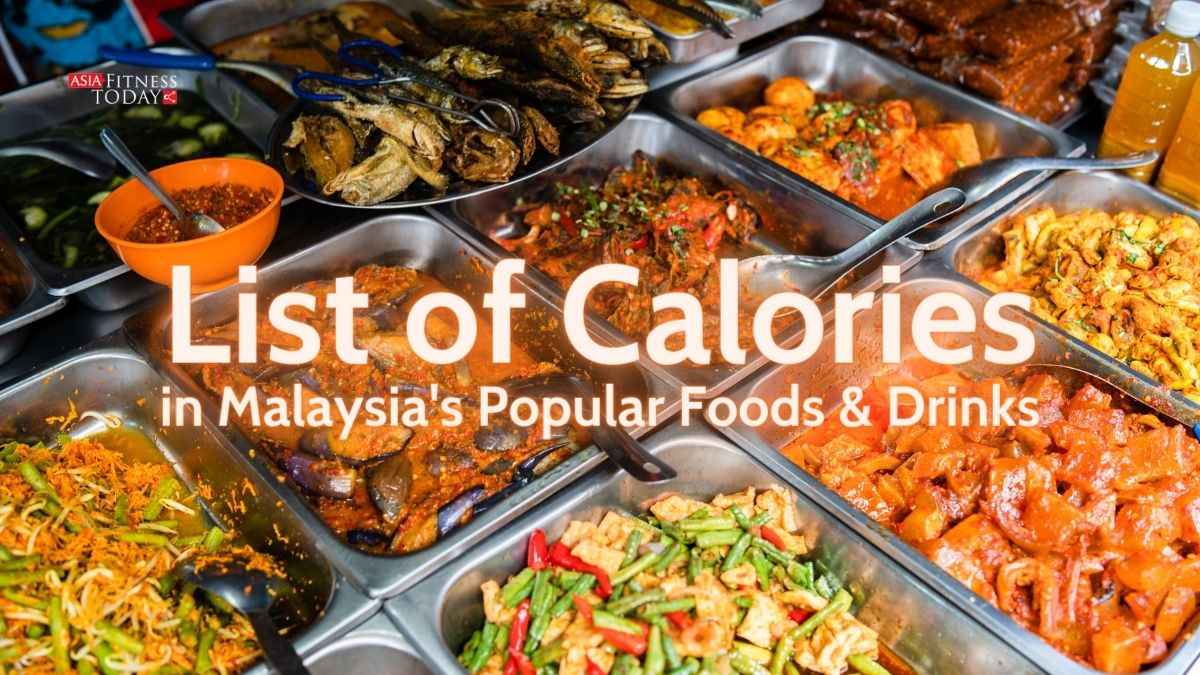|
Getting your Trinity Audio player ready…
|
Satiety, calories and recommended dietary guidelines.
Have you eaten? Are you still hungry? Feeling satiated is often not about hitting the right calories per day, but about eating the right kinds of nutrient-dense foods.
The term calorie is derived from the Latin word, calor ‘heat’ and was originally a term used as early as the 1820s to explain a unit of heat. When have we been calorie conscious? 1908 apparently, but it was a Californian physician and newspaper columnist Dr. Lulu Hunt Peters who popularised dieting using the concept, “don’t eat food, eat calories”. Watching what she ate and capping it to 1200 calories per day, her weight loss resulted in one of the first books on dieting titled, ‘Diet and Health: With Key to the Calories’ (1918)1. Shortly after, Dr. Peters was posted to the Balkans and witnessed life there as an American Red Crosser in WW1. She returned to the US three years later and was so surprised that her book had been selling so well that it became a hit.
Dr. Chris Barclay, a GP and author of ‘Beating Diabetes the Low-Carb way’ (2020) shared that in the last 20 years in the UK, the number of people with Type-2 Diabetes had risen from 1.4 to almost 5 million2. Dr. Peters’ successful diet, he theorises, may not have been about the calories after all, but about the fact that her meal plans were low in carbohydrates. She ate plenty of salad, vegetables (mostly raw), fruit, meat and fish, the occasional piece of bread and a few pretzels. There was no pasta, pizza, cake, biscuits or rice, no fruit juices, nor smoothies. Is this an example perhaps of mistaken assumptions and incomplete knowledge, he queries.
Swing back to kitchens of today, a promotion in a Hello Fresh meal kit website promises this, “Our carb smart recipes lower the amount of carbohydrates per serving by using wholesome ingredients like cauliflower, zucchini and avocado in place of high carb foods like rice and bread. And our calorie smart recipes keep each serving under 650 calories while packing in lots of nutrients so you feel super satisfied after every meal”.
You may wonder then if the hashtag #lowcarb is trending… Absolutely! Instagram itself has 27.9million posts with the ‘reducing’ hashtags #lowcarb as compared to 7.1m #diabetes, 75.9m #diet, 82.2m #weightloss yet it can’t compare with the ‘eating’ 284m #foodporn, 122m #vegan.
It’s not about the calories, says public health nutrition researcher Dr. Zoë Harcombe PhD and author of ‘Stop Counting Calories & Start Losing Weight’. I refer to one particular article on her website which explains mistaken assumptions. It was a paper about eggs, diabetes and Chinese adults where she very simply summises, “don’t blame the eggs for what the cake did!”.
It’s about achieving a diet with low caloric value, but with high satiety, intimates gastroenterologist, Dr. Pran Yoganathan in a podcast interview with us last year. Simply put satiate in English. verb [ T often passive ] formal uk /ˈseɪ.ʃi.eɪt/ us /ˈseɪ.ʃi.eɪt/. › to completely satisfy yourself or a need, especially with food or pleasure, so that you could not have any more. What is it that we’re eating today that keeps us wanting for more?
In case you were wondering what the daily recommended amount of calories3 per day is for an average person, the U.S. Food and Drug Administration (USFDA) mandate in 1990 published a 2,000-calorie standard to be included on nutritional labels on packaged foods. Curious, I found the Malaysian Recommended Nutrient Intakes (RNI) recommends 1,900 calories for me, based on my age group and moderate daily activity (mirroring the USFDA’s recommendation). I was also eager to compare that with what the Australian Dietary Guidelines would recommend for me — 2,076 Kcal, giving me a glass and a half of milk extra per day.
But halt! A recent visit to the GP had my insulin resistance checked. She booked me in for a glucose tolerance test which started with a 12-hour fast followed by drinking a 75gm glucose drink (for comparison, a standard 375ml can of Coke has 39grams of sugar). Three blood tests had me seated across from my GP a week later, declining her suggestion to start me on a prescription for prediabetes. Instead, I promised her that I would be accountable, move more, and blamed Covid-19 for pushing me into the comorbidity corner. What started as a fatty liver warning a decade ago, has seen me fighting like Mulan high on sugar. But here’s the irony. I do not take add any sugar in my food or drinks. So I thought… little did I realise that eating out and purchasing pre-mixed spices and cooking sauces meant that I was not in control about what went into my meals.
Hence the intent of this newsletter and the Kurang Manis movie project.
I recently downloaded a meal log app to remind me to key in what I’m eating and drinking. I’m also intermittently fasting using the 16:8 method. Again, I ask… how did I get here? Am I predisposed because “it’s in my genes”? Not according to Dr. Desmond Menon. Like a sleuth along the aisles of the supermarket, I’m putting on my glasses to read labels before it goes into my basket. Is it in our water? Is it the microplastics in our waterways? Is it obesogens4 – reportedly chemicals that disrupt our metabolism and hormones? Whatever it is, counting calories is really not my thing. Strike that one out! Gone are those days of eating and drinking dangerously. I’ll need to look for something else to help me live on life’s edge. Perhaps I’ll start with walking 20,000 steps today. Join me?
To our Muslim friends celebrating after a month of fasting, we wish you Happy Eid al-Fitr, Selamat Hari Raya!
Share The Kurang Manis (Sugar,Less) Newsletter
If you’re still into counting calories, we’ve published these list of calories in popular foods and drinks of Malaysia, Indonesia and Vietnam.


Clicking the links below will take you to the AsiaFitnessToday.com website:
- Malaysia Bahasa Malaysia: SENARAI KALORI BAGI MAKANAN DAN MINUMAN MALAYSIA – Asia Fitness Today
- Indonesia English: Indonesian Calorie Table – Asia Fitness Today / Bahasa Indonesia: TABLE KALORI MAKANAN – Asia Fitness Today
- Vietnam English: Calories in popular Vietnamese foods (Calo trong món ăn Việt Nam phổ biến) – Asia Fitness Today
Footnotes:
- The Project Gutenberg eBook of Diet And Health, by Lulu Hunt Peters, A.B., M.D..2
- More than 4.9 million people in the UK have diabetes with 13.6 million people now at increased risk of type 2 diabetes in the UK — Diabetes UK.
- USFDA Do You Know How Many Calories You Need? (fda.gov)
- Obesogens: An Environmental Link to Obesity – PMC (nih.gov)
Originally published in The Kurang Manis (Sugar,Less) Newsletter, for a subscriber-exclusive.
